18 pages • 36 minutes read
AnonymousDo Not Stand at My Grave and Weep
Fiction | Poem | Adult | Published in 1930A modern alternative to SparkNotes and CliffsNotes, SuperSummary offers high-quality Study Guides with detailed chapter summaries and analysis of major themes, characters, and more.
Further Reading & Resources
Related Poems
"Ah, Are You Digging on My Grave" by Thomas Hardy (1913)
This satire of the Graveyard School poets also depicts a conversation between a departed soul and a graveside visitor, but one with a very different mood.
"To Autumn" by John Keats (1819)
Many overlapping images connect Keats’ poem to “Do Not Stand at My Grave and Weep,” along with the themes of immortality and transformation. Wind, grain, and especially birds contribute to mood and supply metaphors in both poems. Both poems close with circling birds, collecting before migration. Keats’ poem also enjoyed massive popularity; for many years, it was anthologized more times than any other poem in English.
"The Leash" by Ada Limon (2018)
Ada Limon’s direct-address, incantatory poem also repudiates death with perpetual motion and natural images.
"A Refusal to Mourn the Death, by Fire, of a Child in London" by Dylan Thomas (1937)
Although “Do Not Go Gentle into That Good Night” might be the more obvious connection from this poet, Dylan Thomas uses some of the same images as “Do Not Go to My Grave and Weep” in this work. In this poem, though, darkness takes over light, and the movement—from “tumbling” in Line 6 to the “deep” of Line 19—spirals downward.
Related Titles
By Anonymous

Arabian Nights
Anonymous
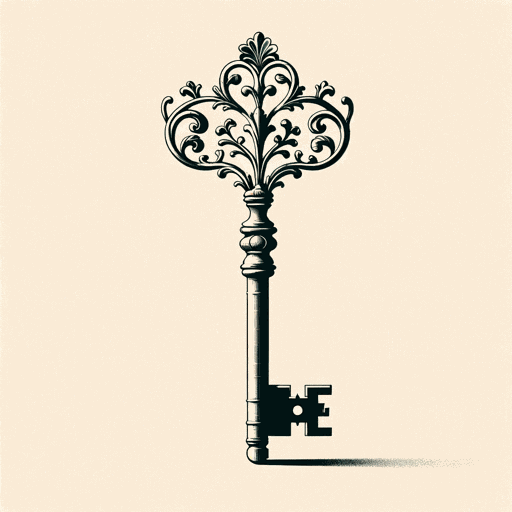
Arden of Faversham
Anonymous

A Woman in Berlin
Anonymous

Bible: New Testament: English Standard Version
Anonymous
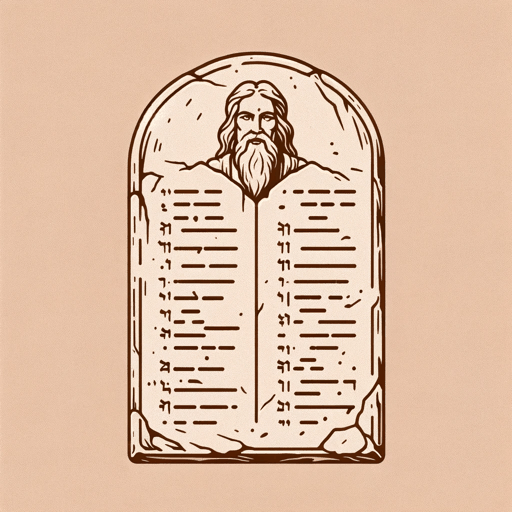
Bible: Old Testament: English Standard Version
Anonymous

Deuteronomy
Anonymous

Diary of an Oxygen Thief
Anonymous

Everyman
Anonymous

Hebrew Bible
Anonymous

Holy Bible
Anonymous

Homeric Hymns
Anonymous

Judith
Anonymous

Laxdaela Saga
Anonymous
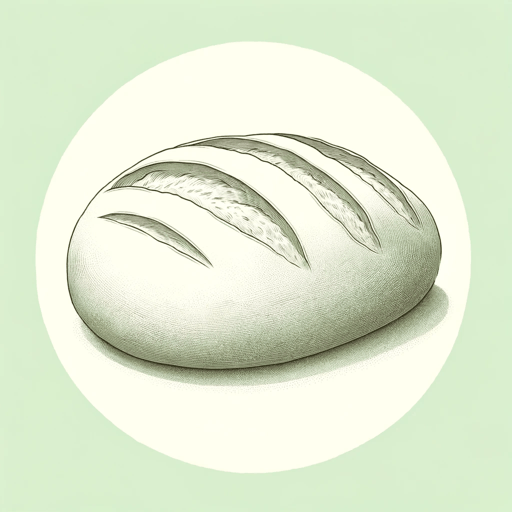
Lazarillo De Tormes
Anonymous

Mahabharata
Anonymous
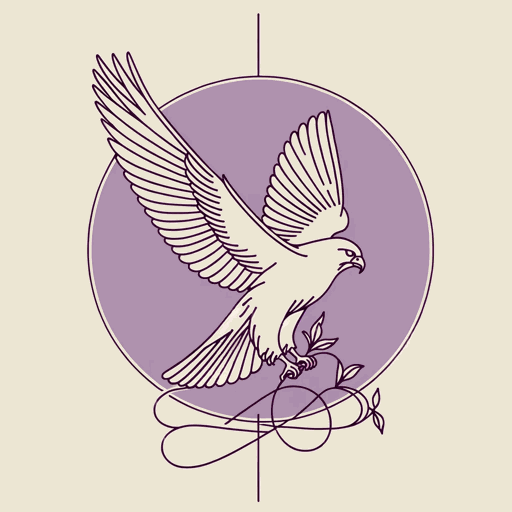
Nibelungenlied
Anonymous

Njals Saga
Anonymous

One Thousand and One Nights
Anonymous

Popol Vuh
Anonymous
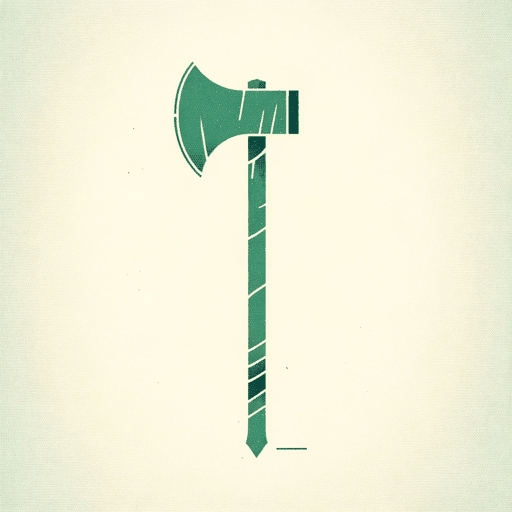
Sir Gawain and the Green Knight
Anonymous

